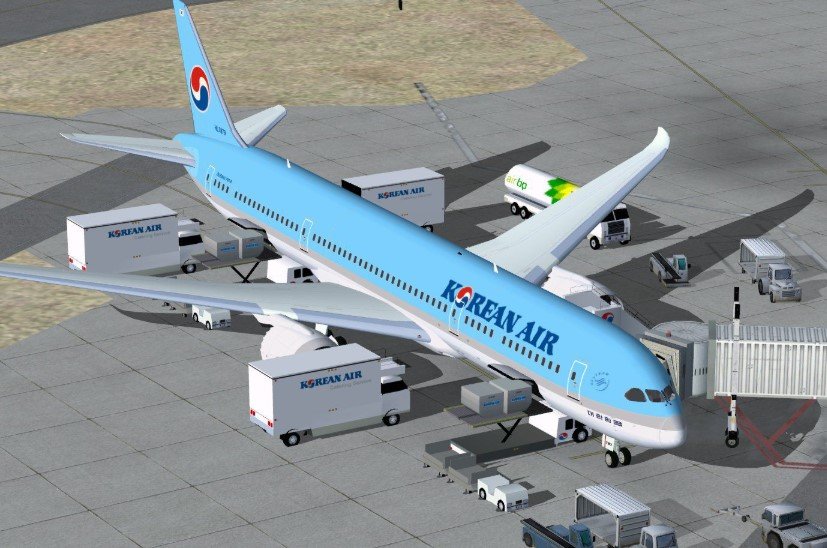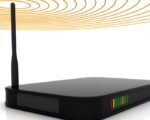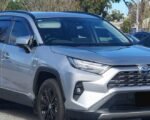Korean Air has officially introduced its newest business class suites to Australia, marking a major step in its push to become a truly global player. The airline’s 787-10 Dreamliner, featuring the all-new Prestige Suites 2.0, is now flying daily between Sydney and Seoul.
For Sydney travellers, it’s not just another upgrade — it’s a glimpse of how premium air travel is quietly turning into something closer to a private club in the sky.
A New Chapter in the Business of Comfort
Airlines have long promised luxury, but the game has changed. With private doors, wireless charging, and 4K screens the size of a small TV, Korean Air’s new suites are less about business travel and more about personal space.
The 51-inch-high walls and sliding door give each passenger a cocoon-like feel — something even first-class cabins didn’t always achieve ten years ago. The airline says it wanted to “elevate privacy without losing warmth,” and that’s pretty accurate. Once you slide the door shut, the cabin feels whisper-quiet, with just the faint hum of the Dreamliner’s engines in the background.
Each seat features:
• A 24-inch 4K monitor with Bluetooth streaming
• Wireless phone charging plus AC and dual USB-C ports
• Ample side storage, mood lighting, and full-flat beds
You can tell a lot of thought went into how people actually travel — laptops, tablets, chargers everywhere. It feels built for 2025, not 2015.

Honeymoon Mode and the Human Touch
One thing that stands out is the layout. The 1-2-1 configuration gives everyone direct aisle access, but it’s the middle seats that add a little romance. Korean Air calls them “honeymoon seats” — two pods close enough that couples can chat or even hold hands mid-flight.
A small divider slides down between them, revealing a shared space that converts into a 46-inch-wide double bed. It’s a surprisingly human touch in a product class often designed for solo corporate travelers.
The design is soft but not flashy — subtle wood tones, muted lighting, and enough storage that you don’t have to juggle your laptop and coffee during turbulence. It’s smart, modern, and very Korean in its precision.
But, there’s a catch.
Internet Still Costs Extra — Even in Business Class
You’d think that in 2025, premium passengers would get free Wi-Fi as standard. Not here. Korean Air’s connectivity menu still charges for access — a small but noticeable sting for those used to complimentary internet on competitors like Qatar Airways or Delta.
Here’s what passengers pay onboard:
| Plan Type | Access Level | Cost (USD) |
|---|---|---|
| Messaging-only | Text apps (WhatsApp, iMessage, etc.) | $6 |
| Two-hour plan | Full Internet | $11 |
| Full-flight plan | Full Internet (approx. 10 hours SYD–ICN) | $21 |
It’s not outrageous, but when you’re paying several thousand dollars for a return business class ticket, it feels like a missed opportunity. As one Sydney-based corporate traveller put it bluntly: “You’re surrounded by luxury, but you still have to fumble for your credit card to get online.”
Still, Korean Air argues that the paid model helps maintain network stability across crowded flights. Fair point — though passengers might see it differently.
No Premium Economy, but That’s Temporary
Interestingly, these 787-10 Dreamliners skip premium economy entirely. It’s a risky omission, especially as carriers like Singapore Airlines and Qantas have seen strong demand for that middle tier.
The airline says premium economy will return once it upgrades its Boeing 777 fleet — expected to roll out over the next year or two. For now, the Dreamliner offers only business and economy cabins.
That’s a curious move given how competitive the Sydney–Seoul corridor has become. Demand has been climbing sharply since South Korea reopened post-pandemic, with Australia now one of the top outbound markets for Korean tourists.
The Bigger Picture: From National Carrier to Global Brand
Behind the plush leather and champagne lies a much larger story. Korean Air’s expansion isn’t just about comfort; it’s about identity. After its $1.3 billion acquisition of Asiana Airlines, the Seoul-based carrier is pushing hard to redefine itself from a traditional flag-carrier into what executives call an “international airline based in Korea.”
That’s a subtle but telling shift. The merger gives Korean Air the scale to challenge Asian heavyweights like Cathay Pacific, ANA, and Singapore Airlines — not to mention its Middle Eastern rivals.
According to the International Air Transport Association (IATA), Korean Air now ranks among the top ten carriers in Asia by available seat kilometers. Analysts expect its combined fleet to exceed 190 aircraft by 2026, giving it more reach than ever before.
It’s also refreshing its image. The airline recently unveiled a new logo and color scheme — a sleeker, lighter blue meant to signal modernity and a global mindset. Seoul-based branding firm Superunion, which worked on the redesign, said the goal was to “make Korean Air feel less governmental and more international.”
That’s corporate speak, but you get the idea.
Why Sydney Matters
Sydney isn’t just another route. It’s a symbolic destination for Korean Air’s global ambitions. Australia is one of the most profitable long-haul markets for Asian airlines, attracting both tourism and business travel.
By deploying the Dreamliner with its newest product here first, Korean Air is sending a clear signal — it wants to be seen in the same premium league as Singapore Airlines, Emirates, and Qatar Airways, all of which have invested heavily in Australia.
Basically, if you’re showing off your best cabin to Sydney passengers, you’re playing in the big leagues.
It also helps that Korean pop culture has exploded in Australia over the last few years — from K-dramas to K-beauty. The soft-power connection between the two countries has never been stronger. Korean Air is quietly using that cultural wave to its advantage, positioning Seoul not just as a hub, but as a desirable stopover city.
The Race for the “Private” Business Class
Airlines across Asia are in a kind of quiet arms race over who can make business class feel most private. Singapore Airlines has its “Suites.” ANA has “The Room.” Qatar Airways has “Qsuite.” And now, Korean Air joins the party with Prestige 2.0.
For frequent fliers, these details matter — the ability to sleep without someone bumping your shoulder, to watch a movie on a crisp 4K display, or to close your door and forget you’re sharing a cabin with 30 others.
And it’s working. Early reviews from aviation enthusiasts have been glowing, praising everything from the seat padding to the quiet cabin lighting. One frequent flyer described it as “a first-class experience at a business-class price.”
That might be slightly generous, but it sums up the appeal.
Korean Air’s daily Dreamliner flights between Sydney and Seoul signal a confident new chapter for the airline — one that’s more cosmopolitan, more design-focused, and more ambitious than ever. The skies between Australia and South Korea just got a lot more interesting.








